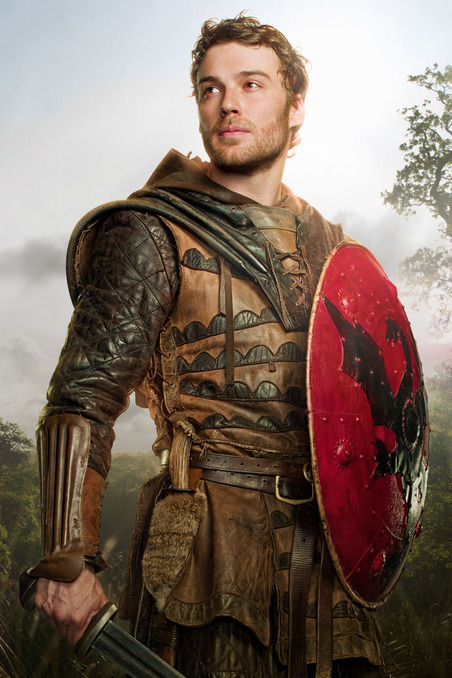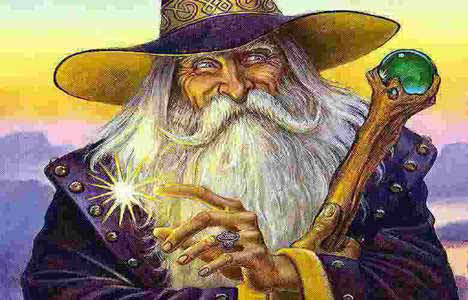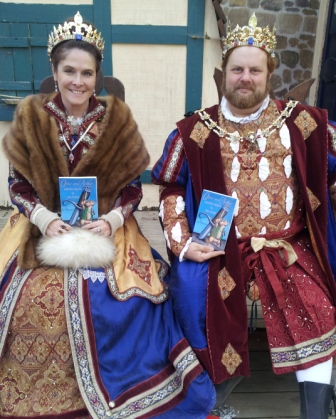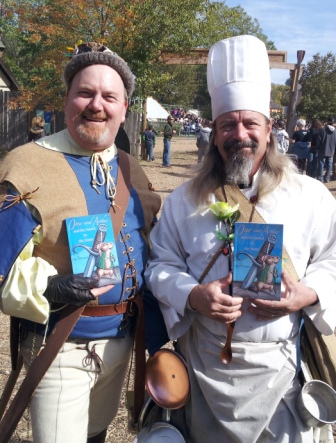| In Arthurian legend, Morgan le Fay (also known as Morgan le Faye, Morgane, Morgaine, and Morgana) is typically characterized as King Arthur's half-sister and an evil sorceress. Her mother is Lady Igraine and her father is Gorlois, the Duke of Cornwall. Her father is killed in battle with Uther Pendragon, who has a son, Arthur, with Igraine. Morgan has two older sisters, Elaine and Morgause.
She was first introduced to Arthurian legend by Geoffrey of Monmouth in Vita Merlini (c. 1150). She was portrayed as an enchantress, shape-shifter, and the oldest of nine sisters. However, her origin may date back to Celtic mythology and the Welsh goddess Modron. Chrétien de Troyes viewed her in Erec and Enide as a healer. In Sir Thomas Malory's Le Morte d'Arthur, she steals King Arthur's sword, Excalibur, and plots to kill him. |
 image from artfinder.com |
|
In Otter and Arthur and the Sword in the Stone, Morgan is portrayed as Arthur's half-sister and arch enemy. She is determined to kill Arthur in hopes of ascending the throne. When her plan fails, she disappears in anger at the end of the book, determined to get revenge.
The sequel, Otter and Arthur and the Round Table, will underscore her evil nature and determination to destroy her younger brother. She becomes a composite of several figures in Arthurian legend. In the Otter and Arthur books, she is the mother of Mordred, the traitor who destroys Camelot. His father is King Lot, who had another son, Sir Gawain, from a previous marriage. In Arthurian legend, Gawain and Mordred are both the biological sons of Morgause. Otter and Arthur and the Round Table will also unfold how Morgan imprisons Merlin by tricking him into giving up his magic. In Arthurian legend, this is typically done by Nivaine, a young sorceress with whom Merlin falls in love. Resources:
|
































